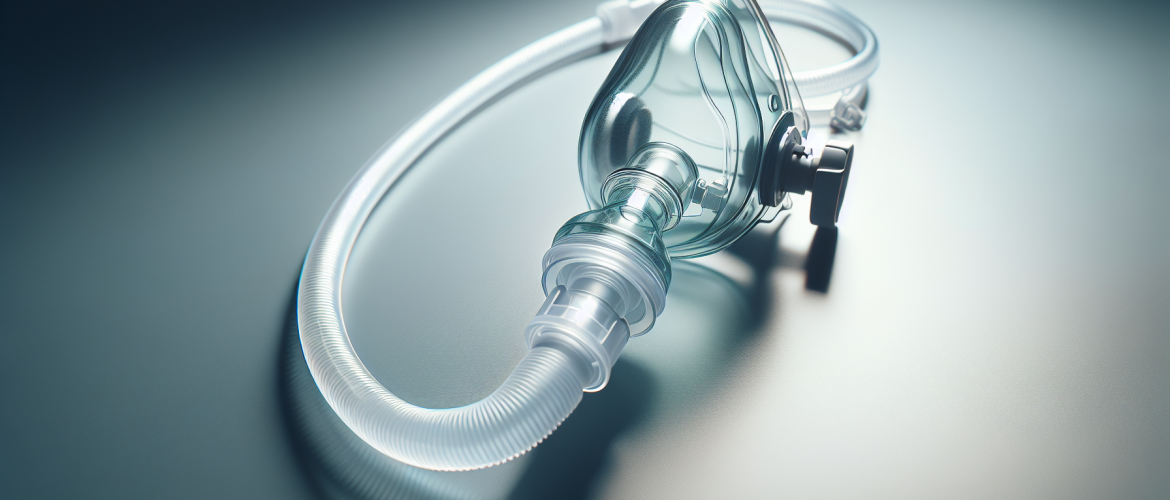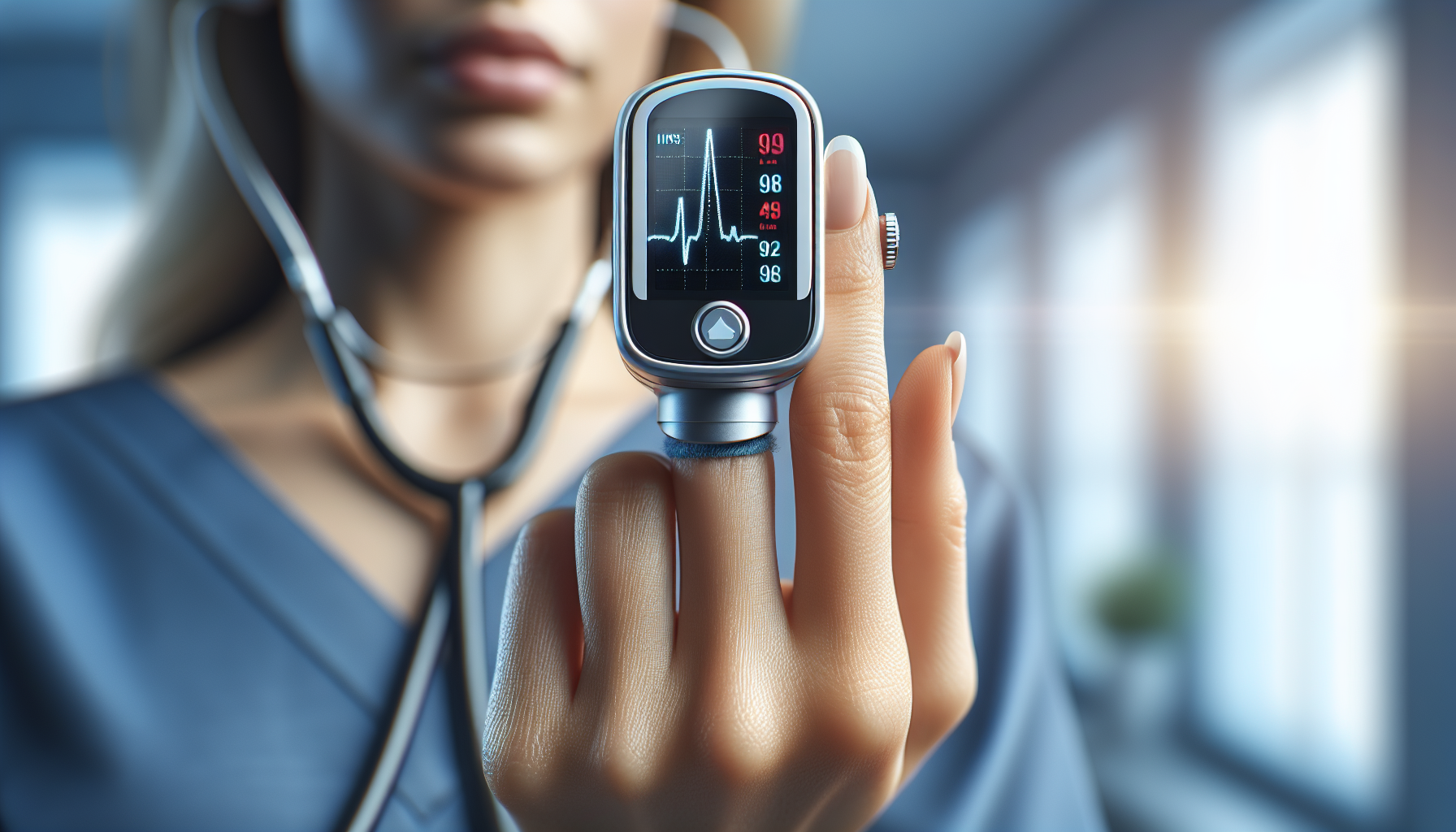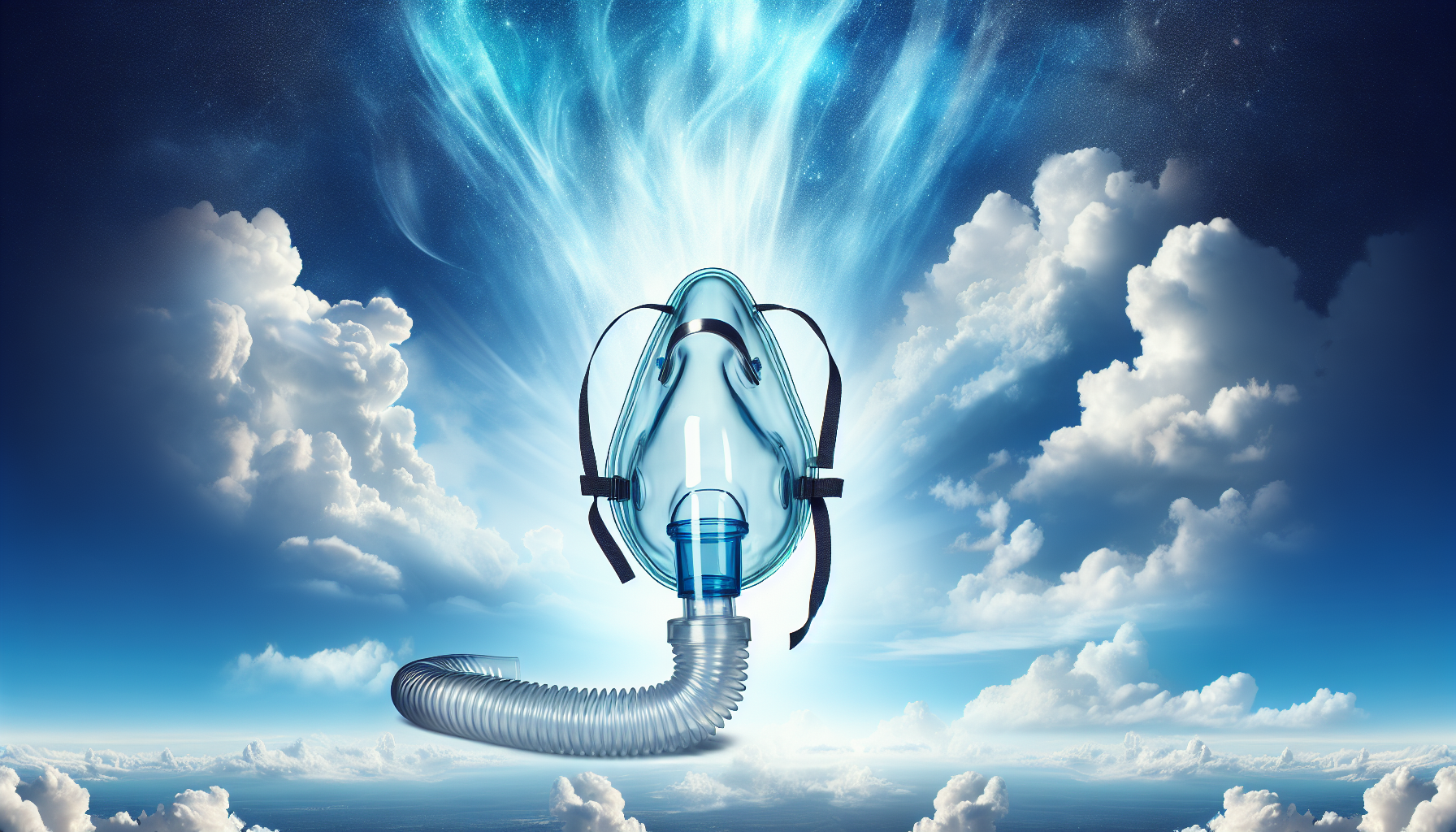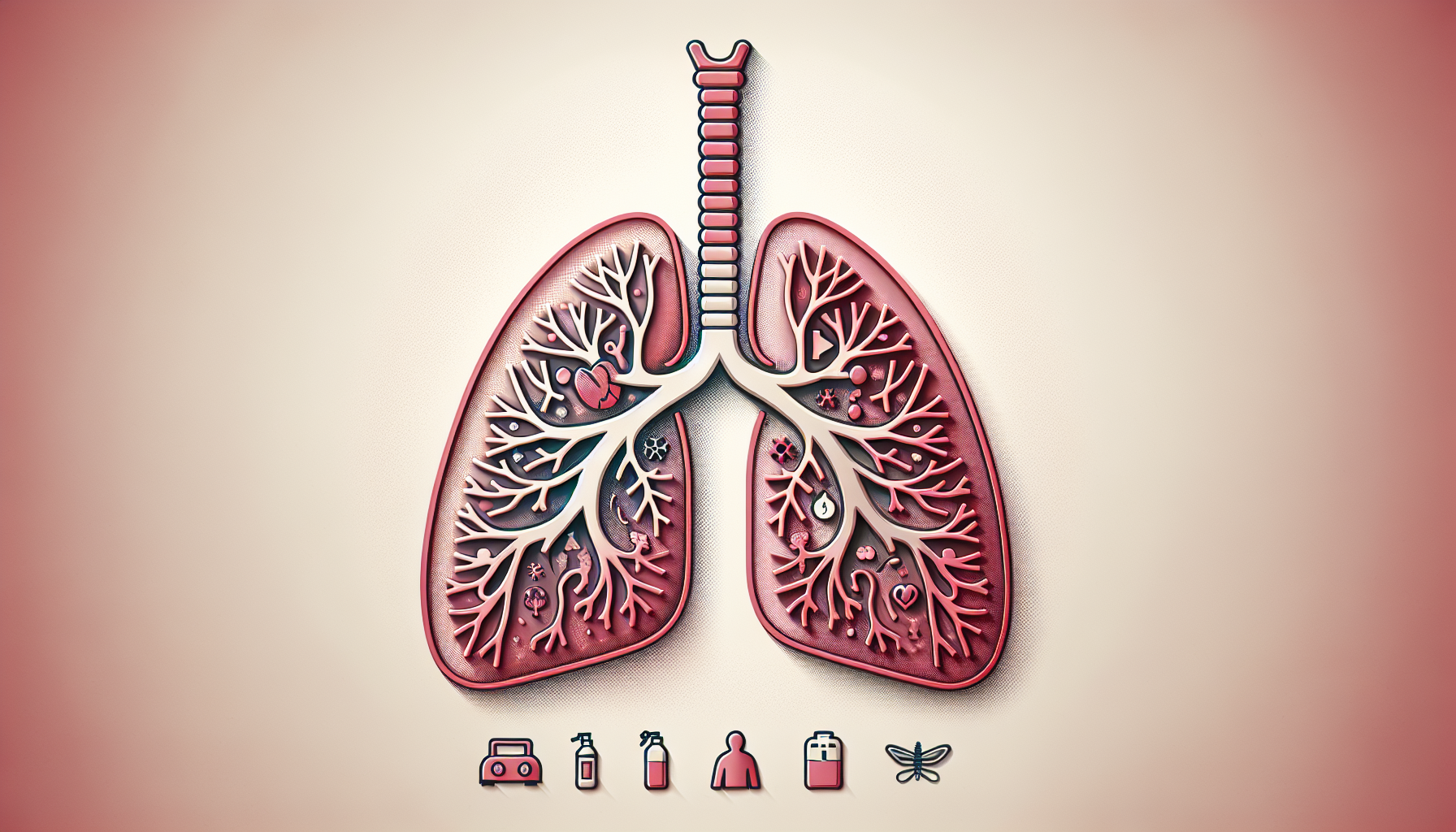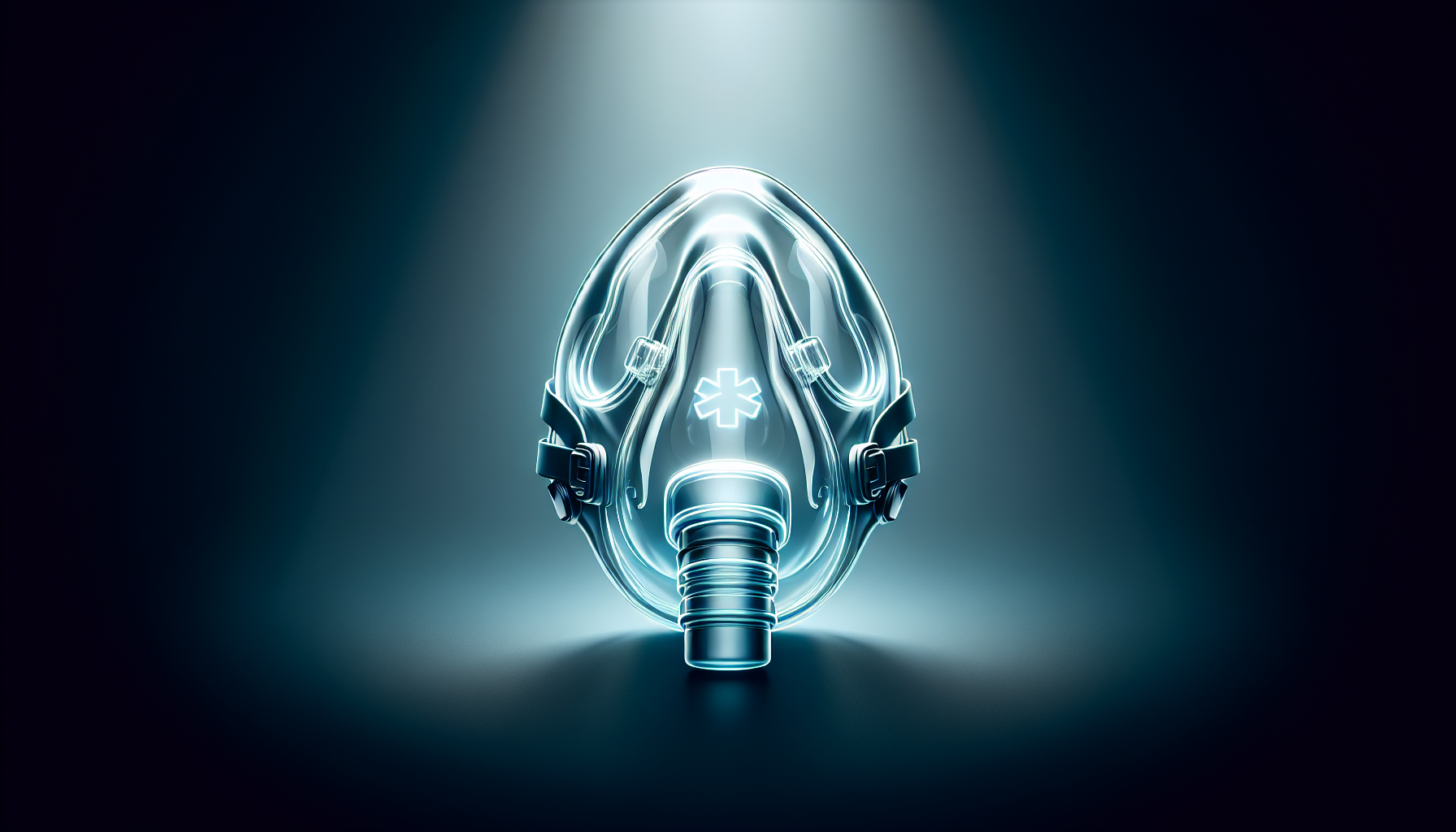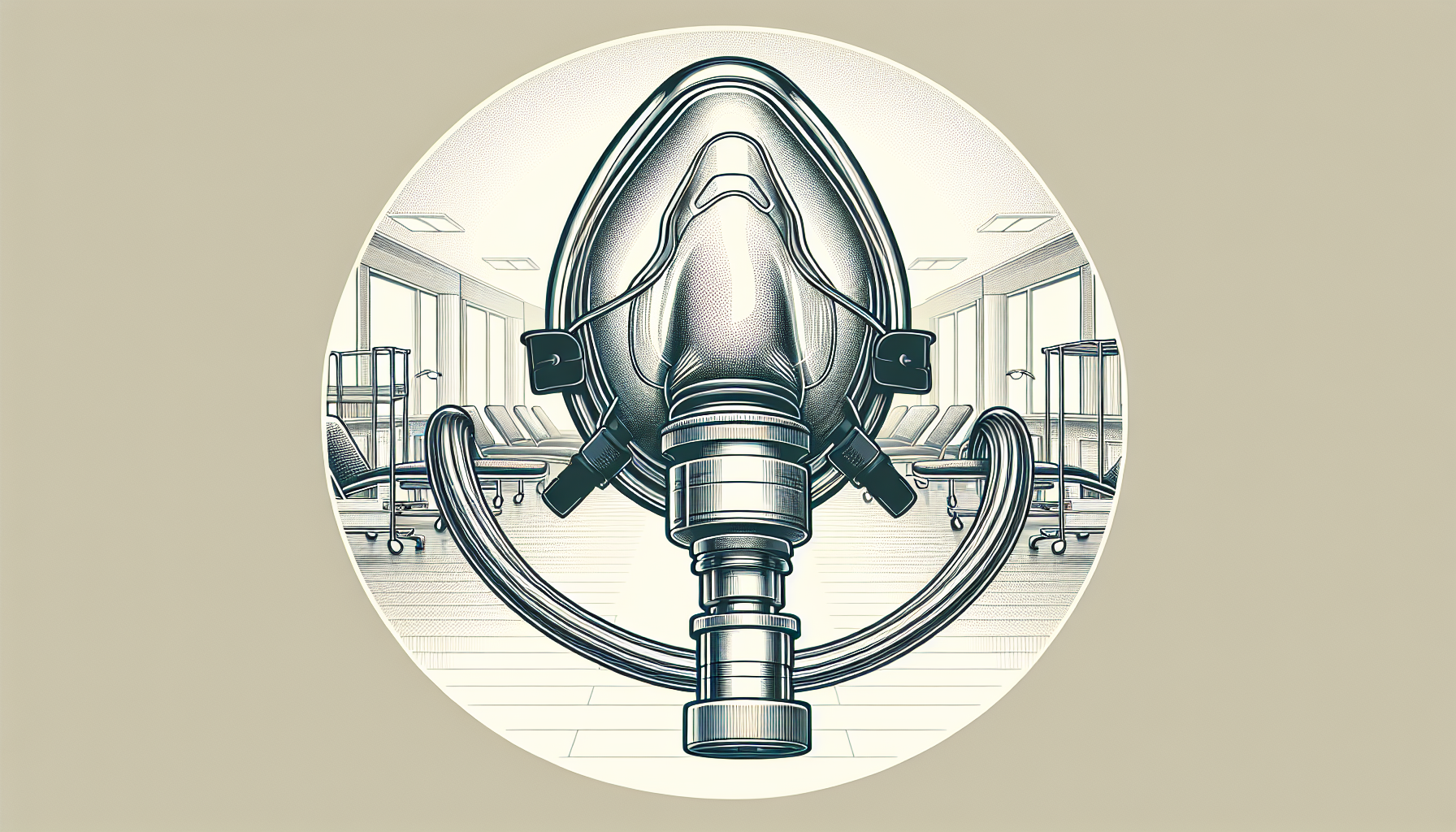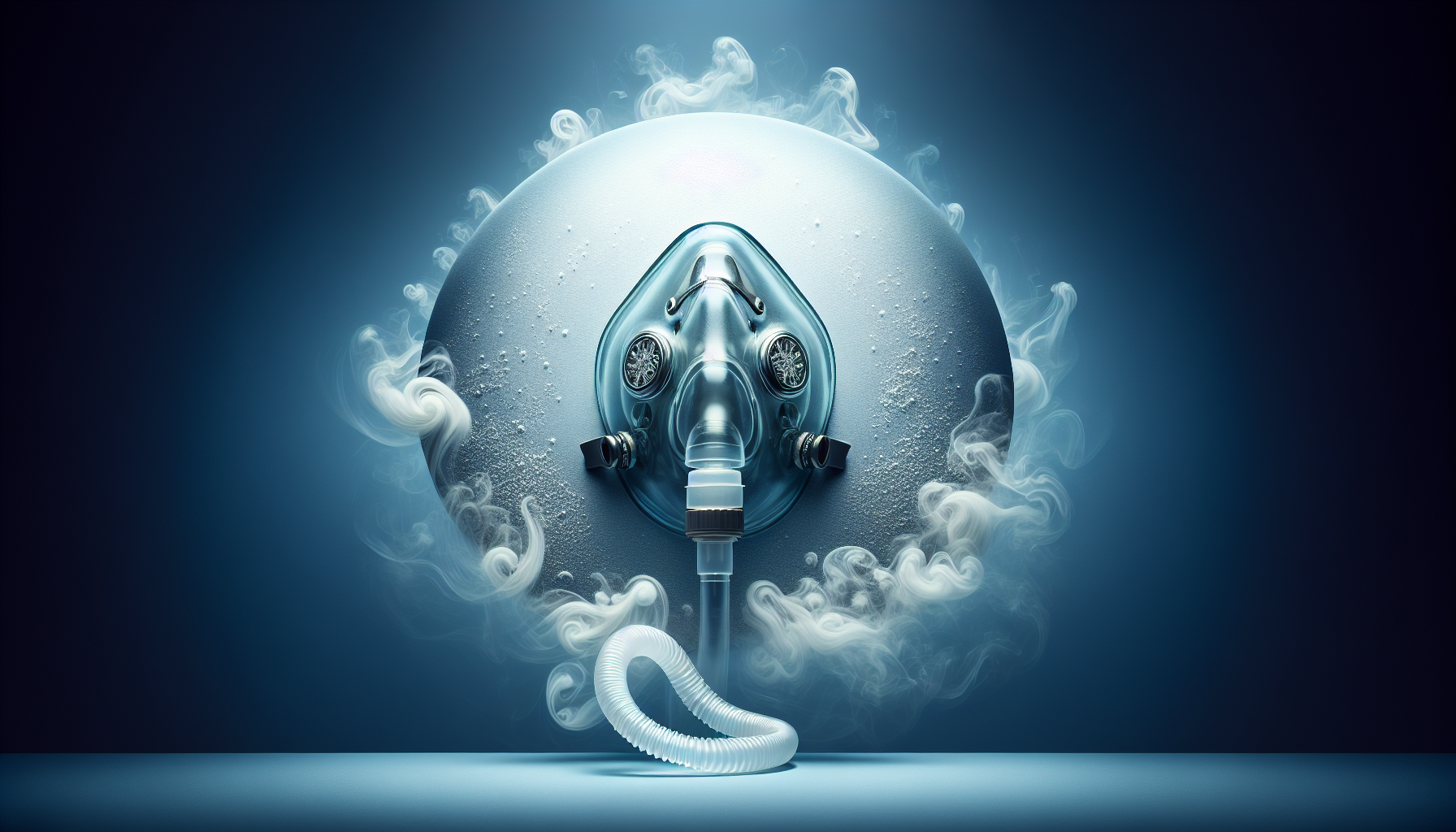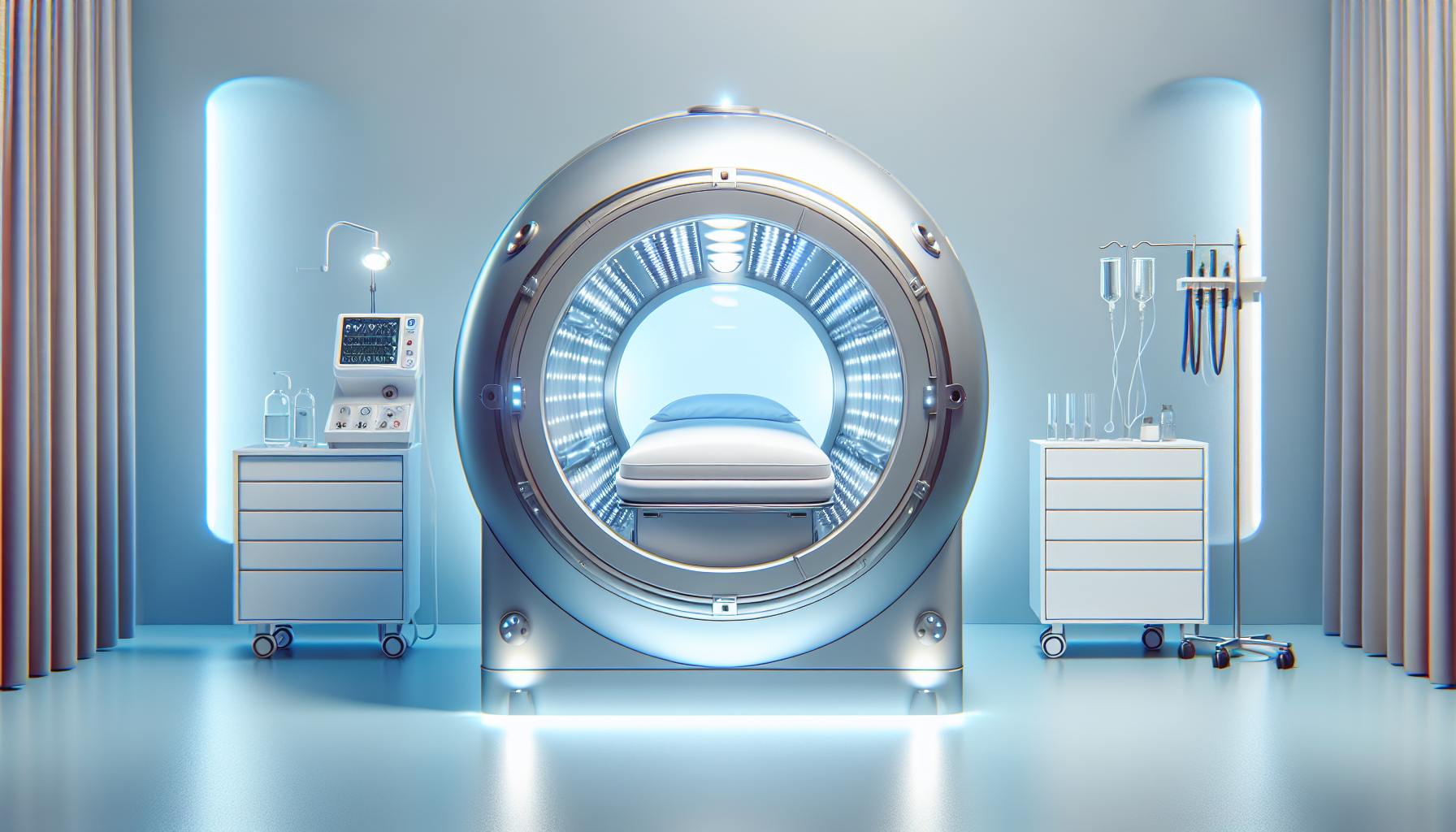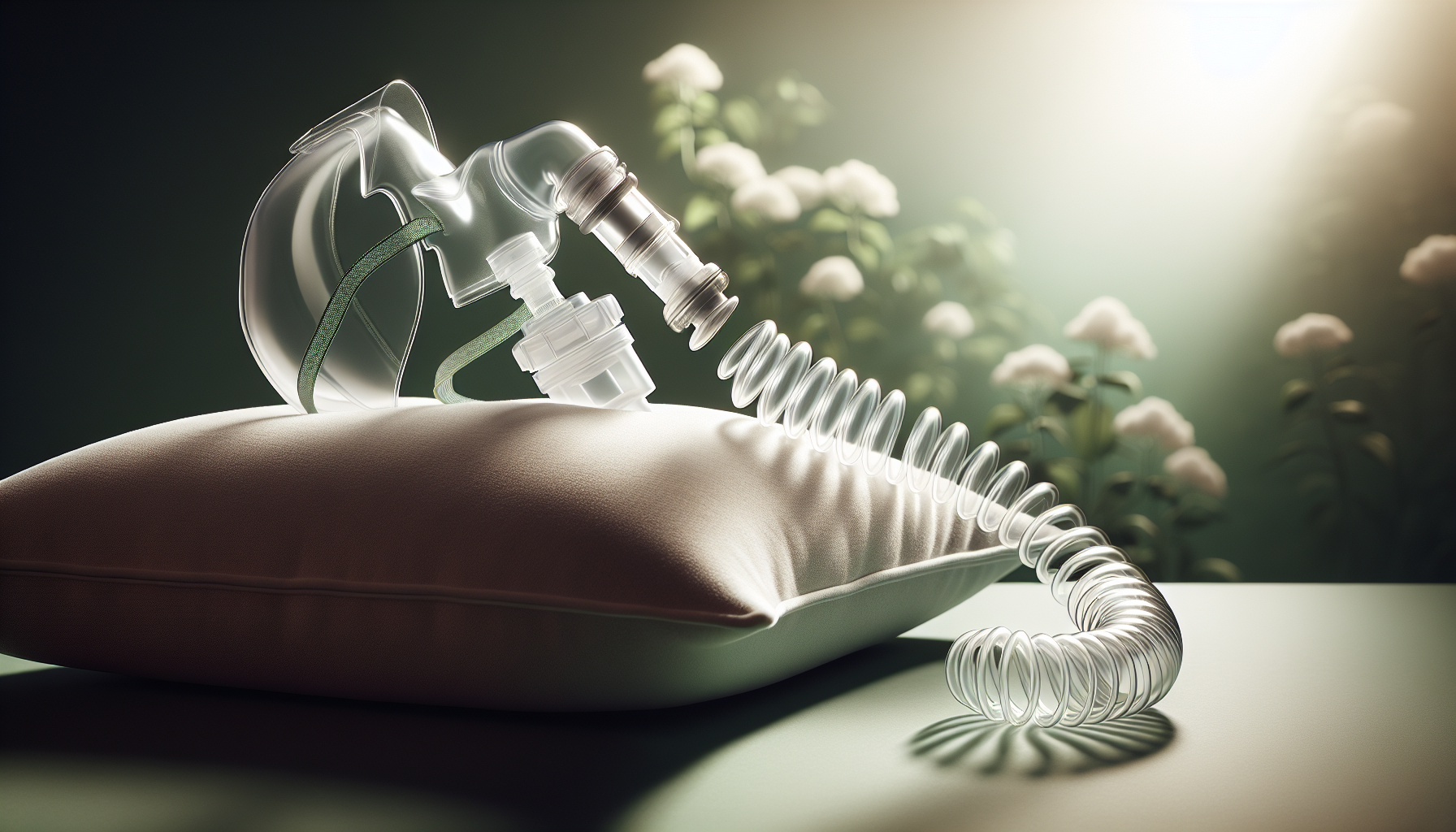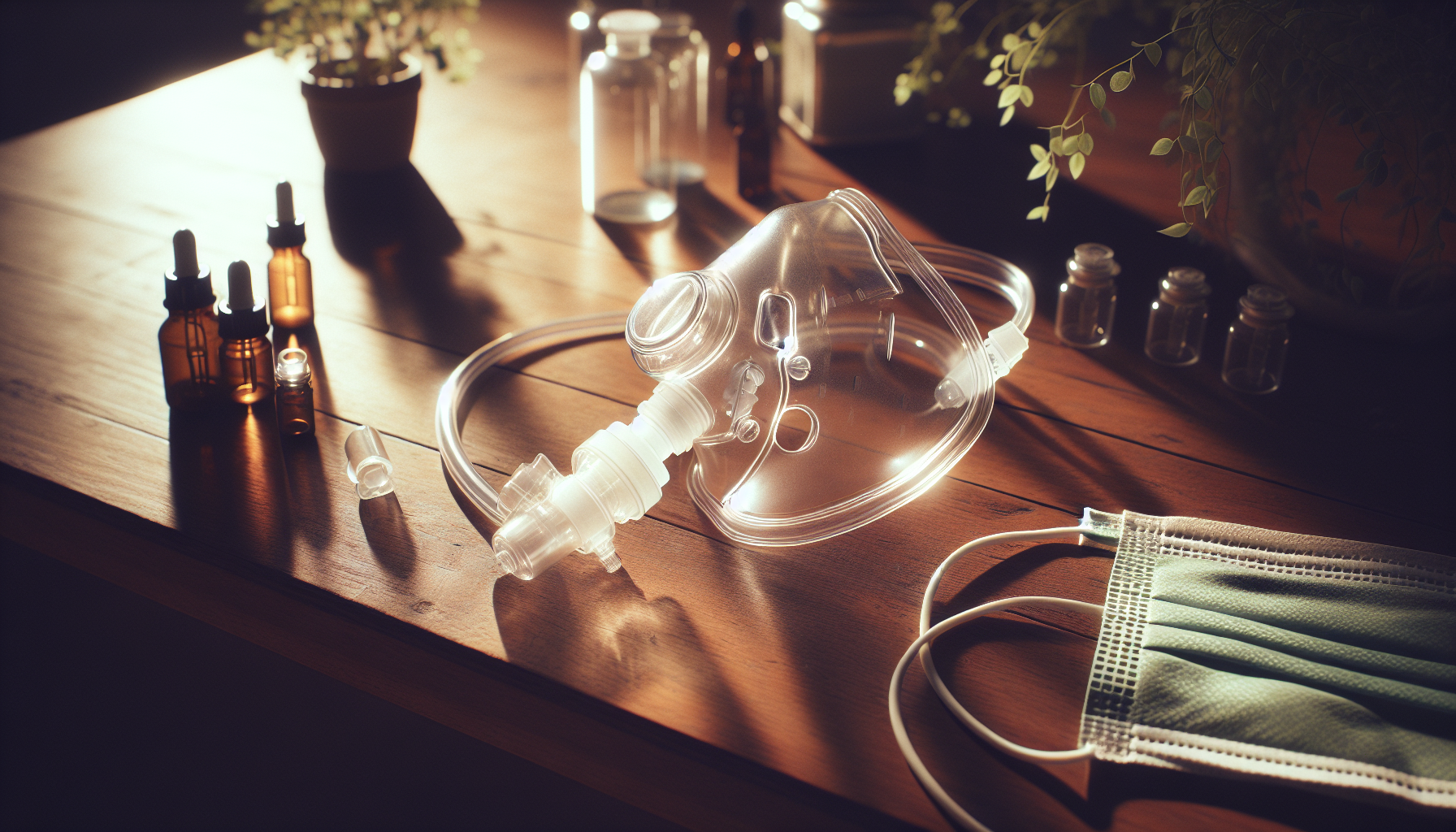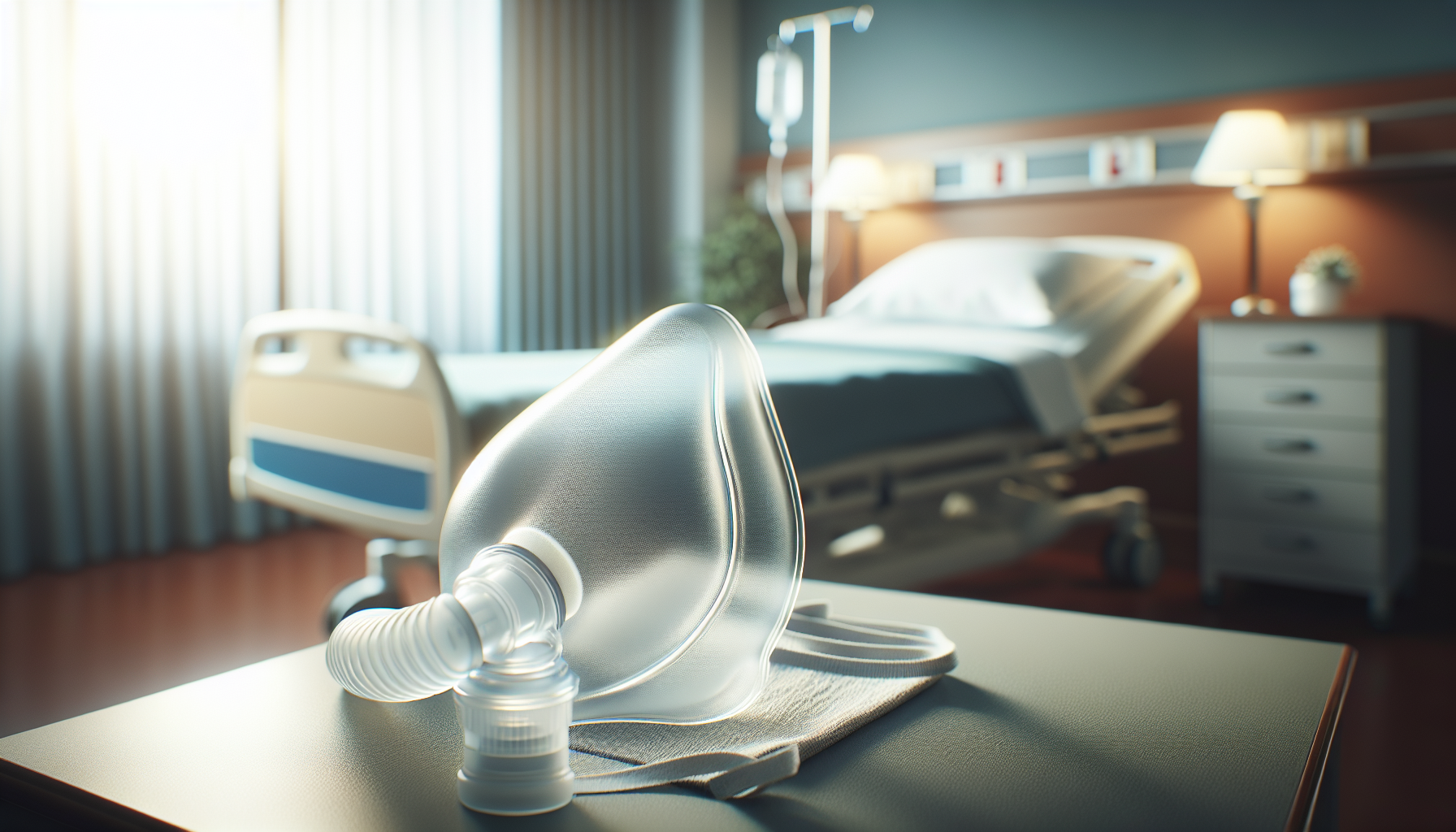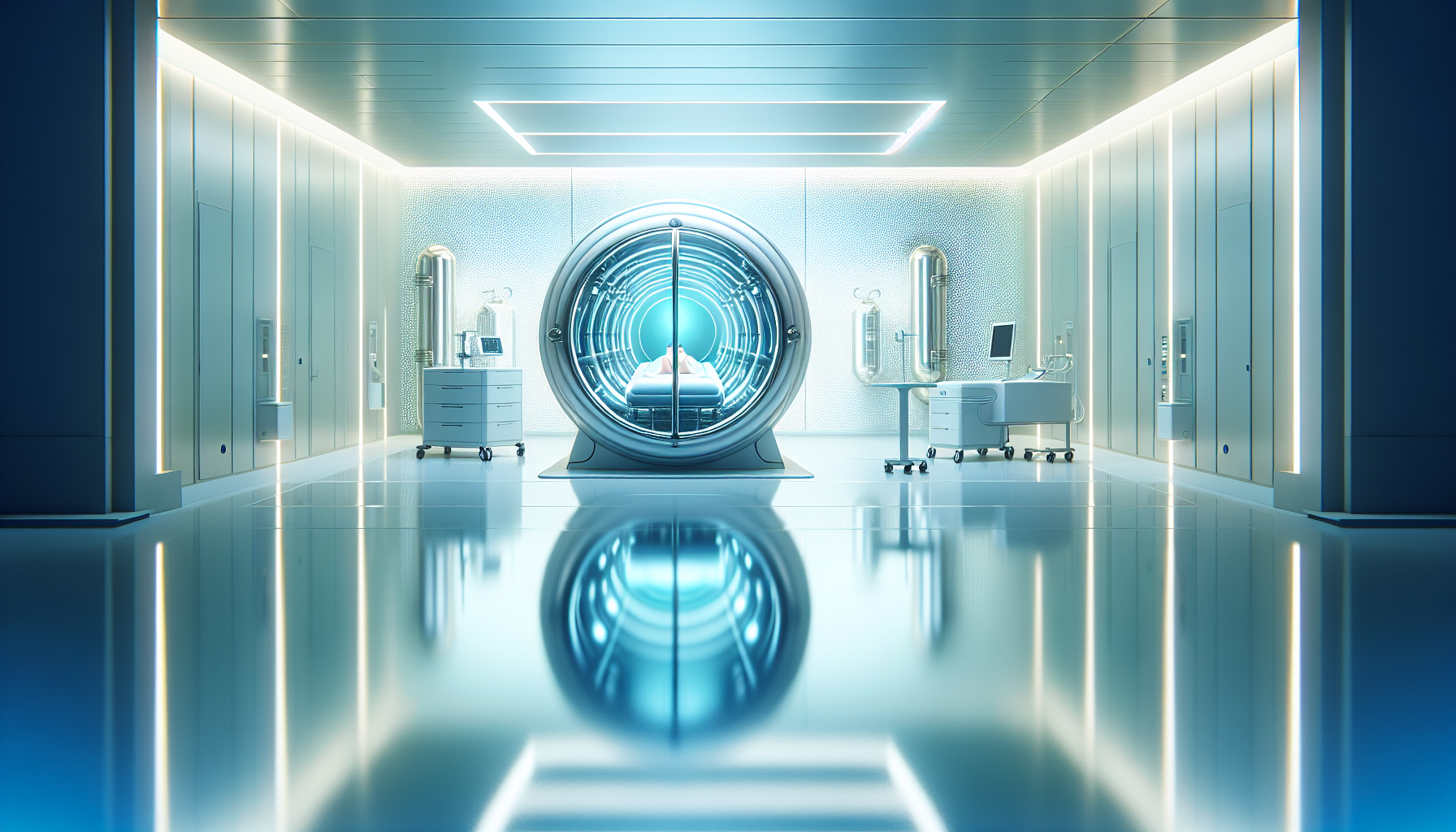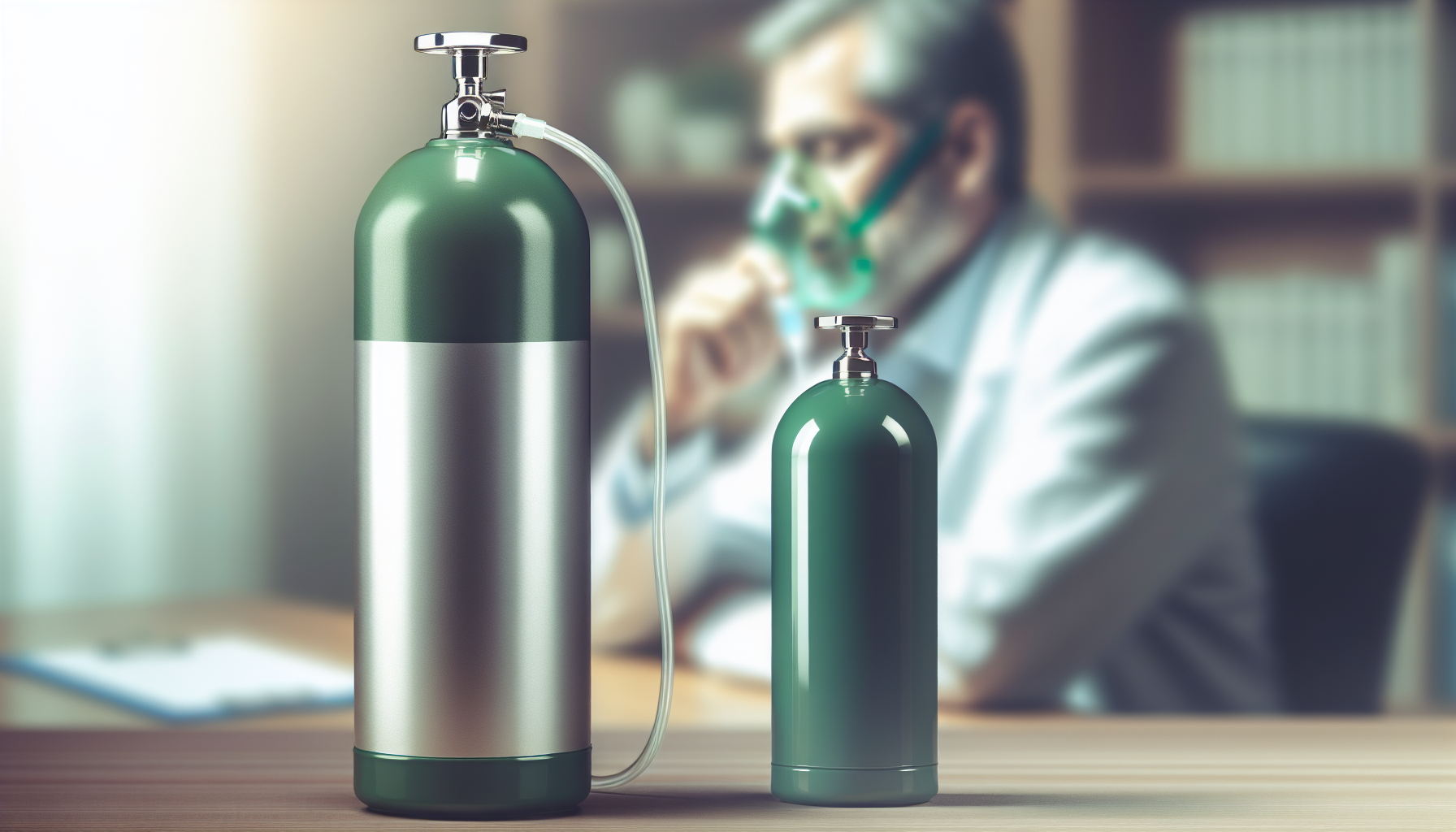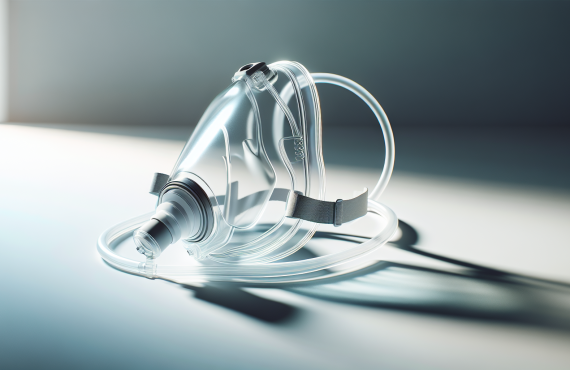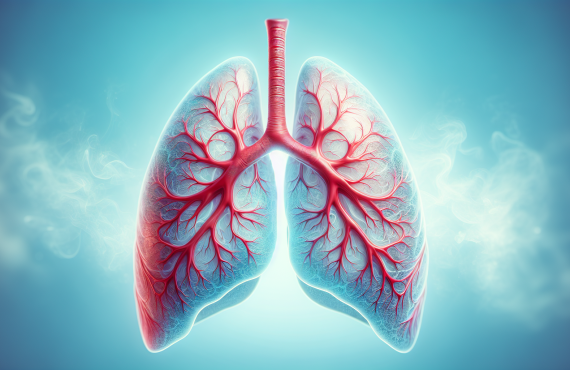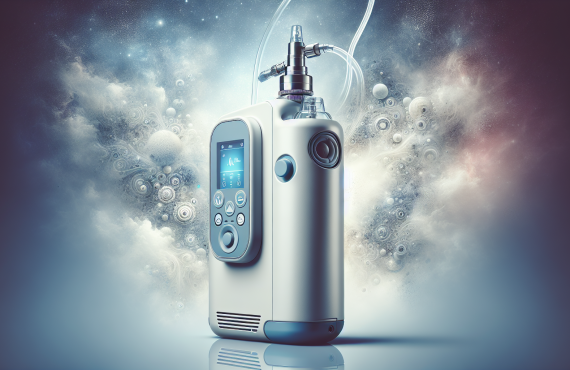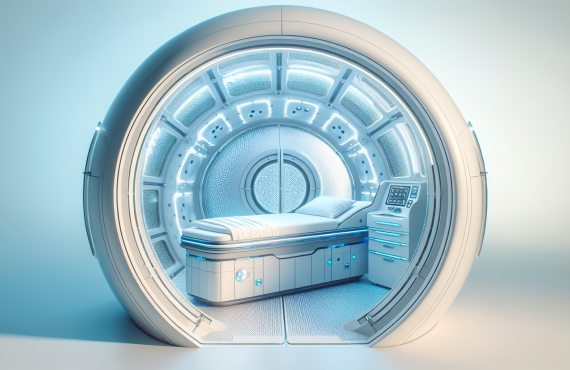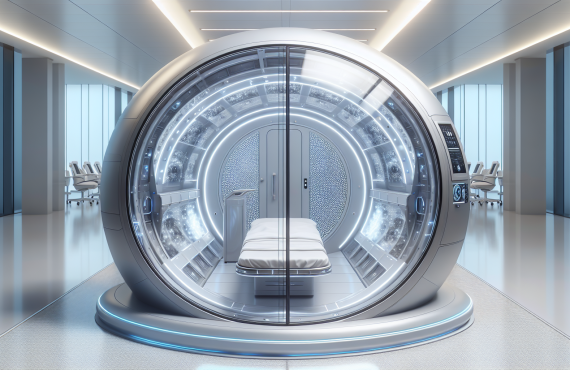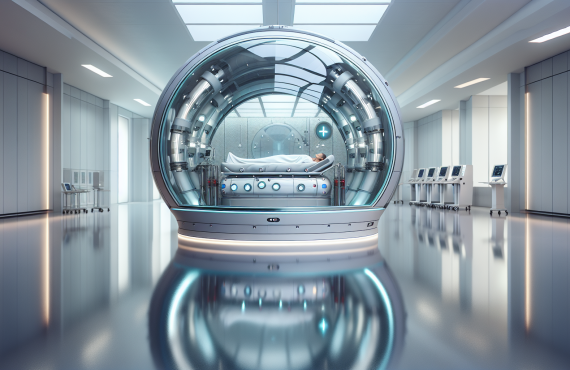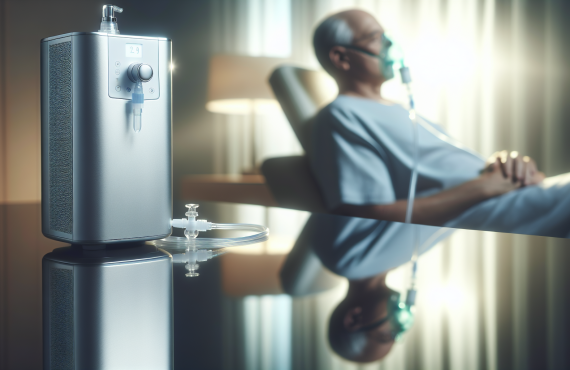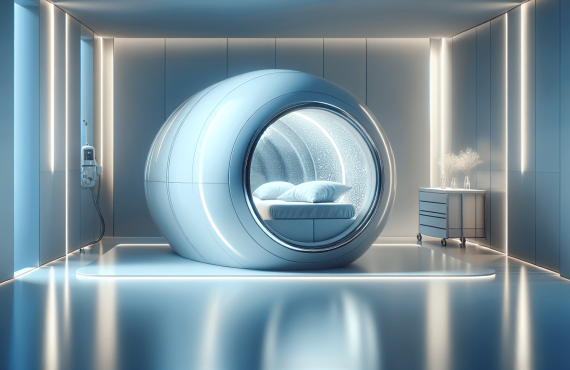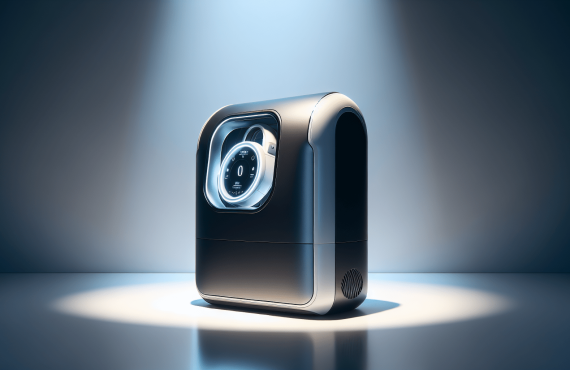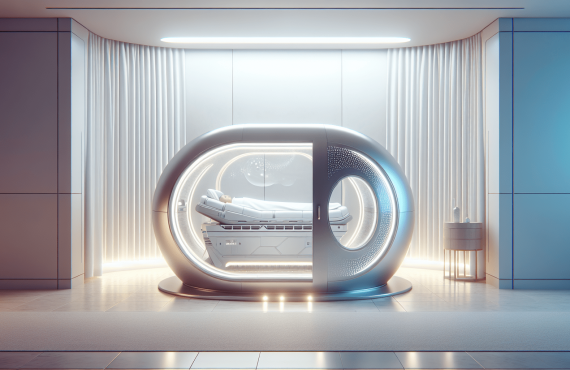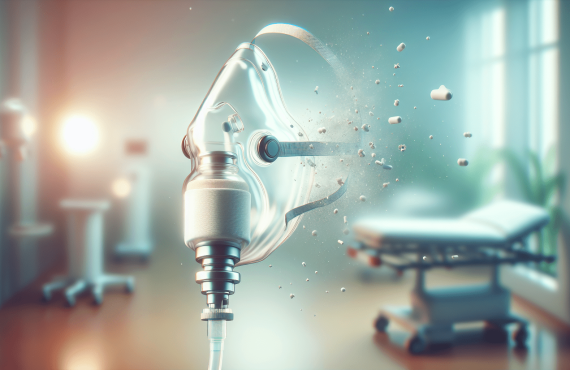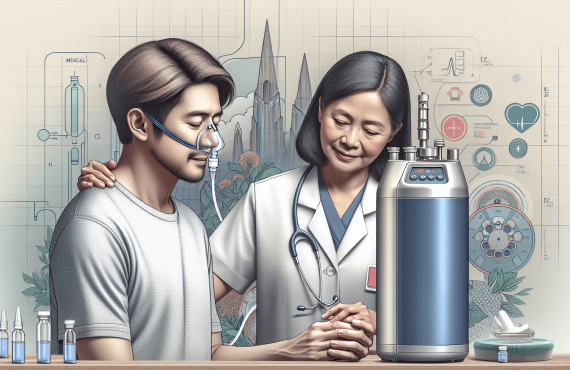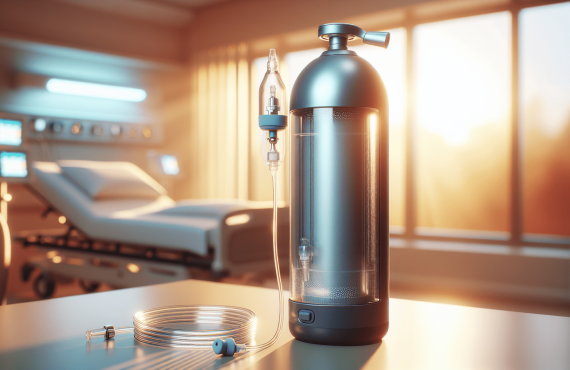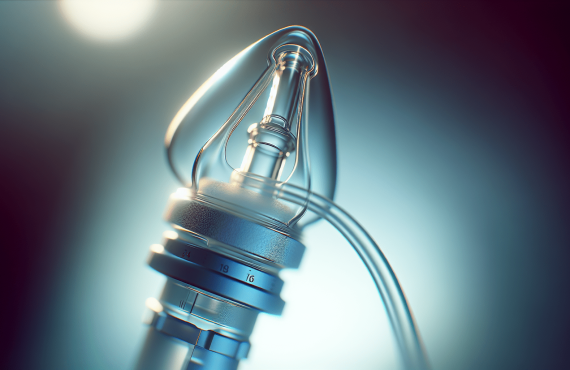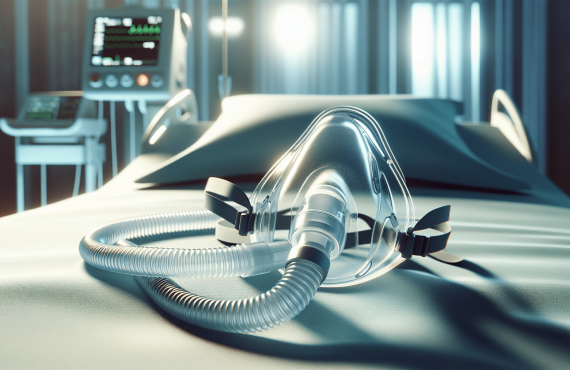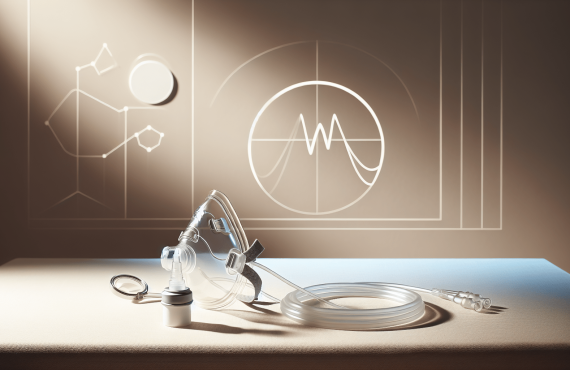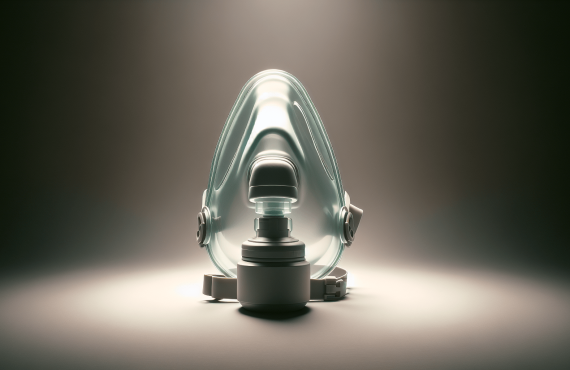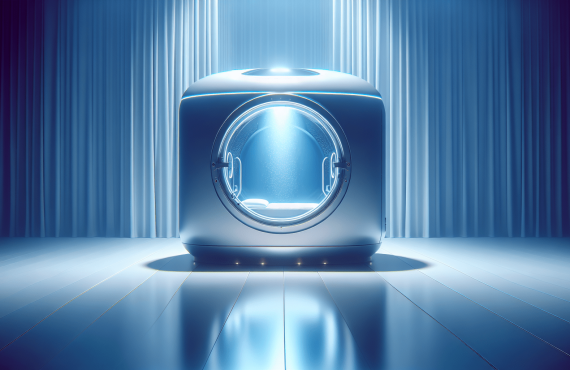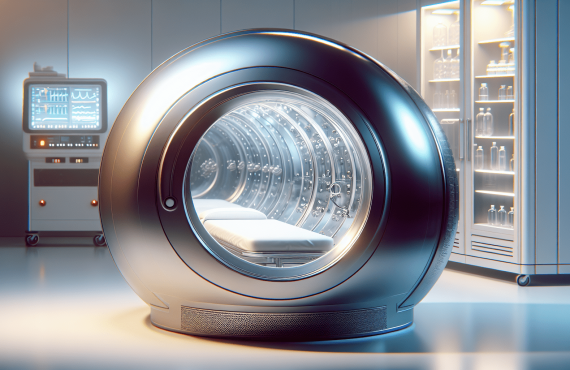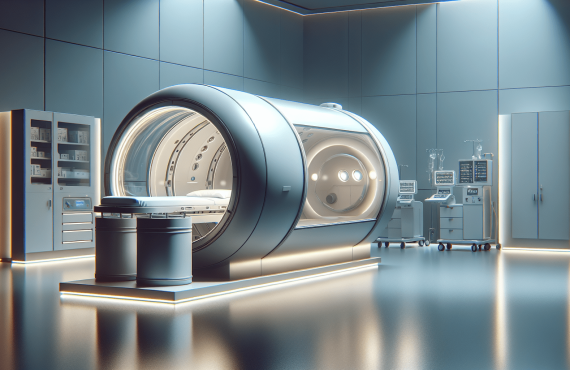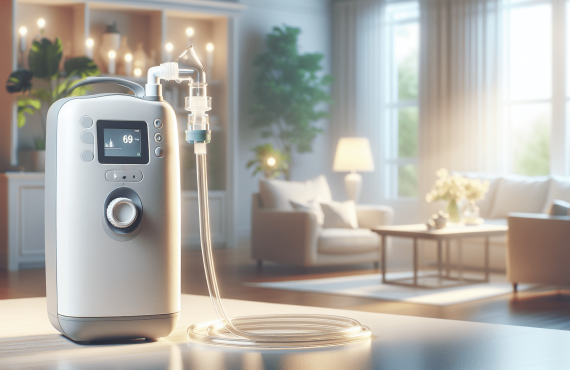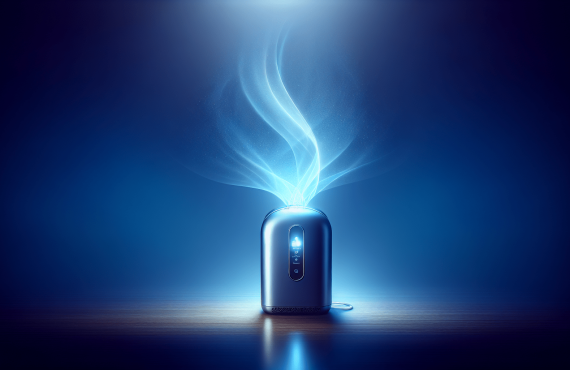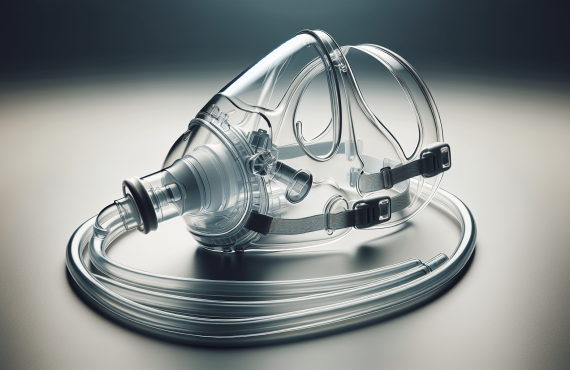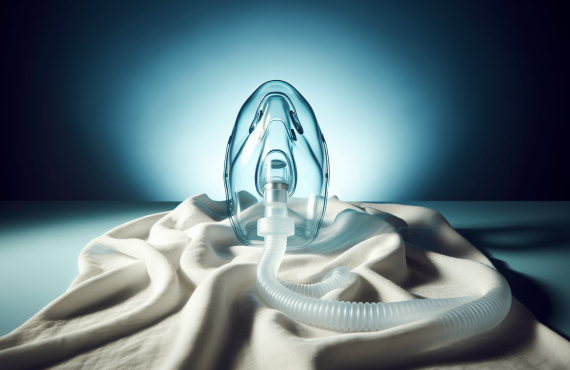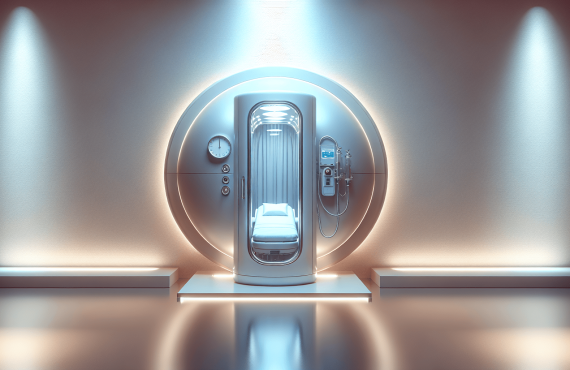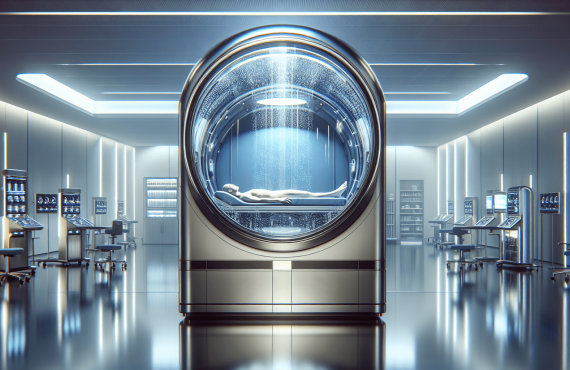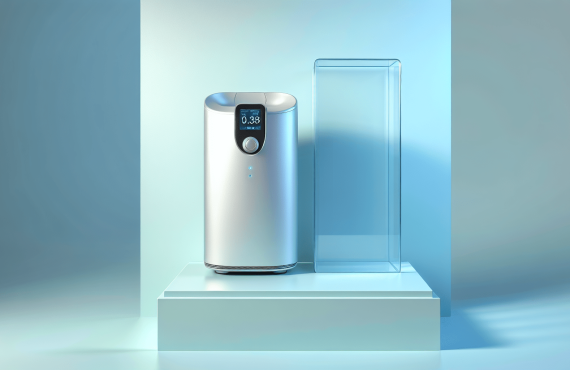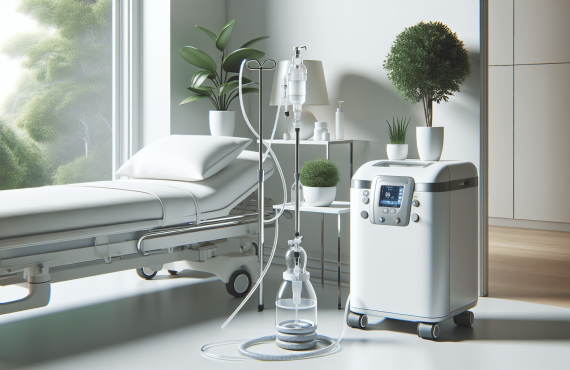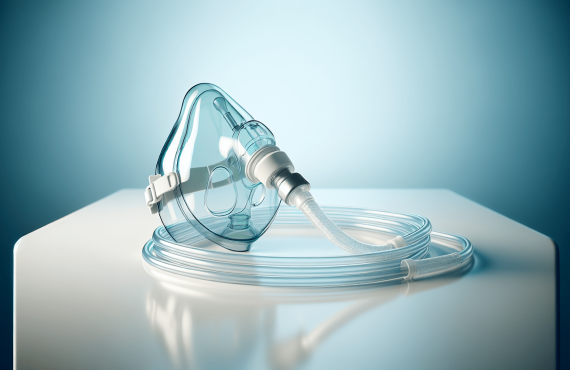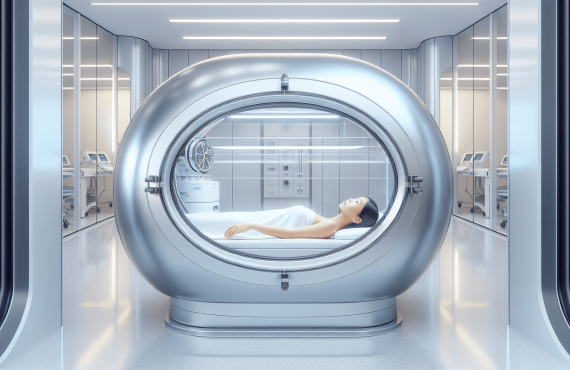Have you ever wondered when it’s essential to administer oxygen? It’s a crucial question, especially in medical settings where timely action can make a significant difference. Administering oxygen is not just a regular procedure; it’s a lifeline that can stabilize and improve a patient’s condition. Here, we’ll look into the five primary indications for oxygen administration, exploring why and when it becomes necessary.
Table of Contents
Introduction to Oxygen Therapy
Oxygen is vital for human survival. It’s the cornerstone of our respiratory system, energizing every cell in our body. When oxygen levels drop, the body can struggle to function efficiently. That’s where oxygen therapy comes in. It’s a medical practice designed to deliver extra oxygen to the body, helping to restore balance.
The Role of Oxygen in the Body
Oxygen is the fuel that powers our body. It enables cellular respiration, which produces the energy cells need to perform their functions. Without adequate oxygen, organs can suffer damage, and the risk of severe complications can increase. Thus, knowing when to provide supplemental oxygen is critical.
The Five Indications for Administering Oxygen
Understanding when to administer oxygen is crucial. Here are the five main indications:
1. Hypoxemia
Hypoxemia is a condition characterized by low oxygen levels in the blood. It’s often the most straightforward reason to administer oxygen. Symptoms include difficulty breathing, confusion, and a rapid heart rate. An oxygen level below 90% saturation in the blood typically requires intervention.
2. Respiratory Distress or Failure
In instances of respiratory distress or failure, the body struggles to maintain sufficient oxygen levels. This situation often stems from conditions like chronic obstructive pulmonary disease (COPD), pneumonia, or severe asthma. Oxygen therapy can relieve symptoms and provide the lungs with the support they need.
3. Cardiac Conditions
Certain heart conditions, such as heart attacks or heart failure, can compromise oxygen delivery throughout the body. In these cases, supplemental oxygen helps stabilize the patient, ensuring that tissues receive enough oxygen to function properly.
4. Shock
Shock, regardless of the type—be it hypovolemic, cardiogenic, or septic—requires immediate intervention. In shock, the circulatory system fails to deliver adequate oxygen to the body’s tissues. Administering oxygen can help maintain vital organ function while addressing the underlying cause.
5. Carbon Monoxide Poisoning
Carbon monoxide binds with hemoglobin more readily than oxygen, reducing oxygen transport in the blood. Even though the blood remains red, the tissues are essentially oxygen-starved. Oxygen therapy works here by rapidly displacing carbon monoxide from hemoglobin, restoring normal oxygen transport.

How Oxygen Therapy Works
Understanding how oxygen therapy acts within the body highlights its significance in treatment plans.
Types of Oxygen Delivery
Oxygen can be delivered in several ways, depending on the severity of the condition and the patient’s needs.
- Nasal Cannula: Used for mild to moderate supplementation, it’s comfortable for patients.
- Simple Face Mask: Provides a moderate oxygen flow and is useful when a nasal cannula is insufficient.
- Non-rebreather Mask: Used for higher oxygen concentrations; crucial in emergency settings.
- Venturi Mask: Delivers a precise oxygen concentration, useful for patients with specific requirements.
Importance of Monitoring
Administering oxygen isn’t just about turning on a machine. Continuous monitoring ensures that the patient receives the right concentration. Over-oxygenation can lead to complications such as oxygen toxicity, especially in patients with chronic lung disease. Thus, careful observation and adjustments are necessary.
Hyperbaric Therapy: A Specialized Form
While oxygen therapy is common, hyperbaric oxygen therapy (HBOT) offers a unique approach. Patients breathe pure oxygen in a pressurized chamber, enhancing the body’s natural healing process. This therapy is particularly effective for conditions like carbon monoxide poisoning, significantly increasing the corrective speed.
FAQs About Oxygen Therapy
Here are some questions and answers that might clear up common queries about oxygen therapy:
1. Can oxygen therapy be harmful?
Yes, if not properly monitored. Overuse can lead to oxygen toxicity, especially in patients with COPD. Always follow medical guidance.
2. How long does a typical oxygen therapy session last?
This varies based on the condition being treated. Sessions can range from a few minutes to several hours, depending on the patient’s needs.
3. Is oxygen therapy available at home?
For chronic conditions, oxygen therapy can be prescribed for home use, allowing patients to receive constant care in a comfortable environment.
4. What are the signs that someone may need oxygen?
Look for difficulty breathing, confusion, or bluish discoloration of the lips or fingertips. These signs may indicate low blood oxygen levels.
5. Does oxygen therapy cure diseases?
Oxygen therapy itself doesn’t cure diseases but supports the body while medical treatment addresses the underlying condition.

Understanding Hyperbaric Therapy
Hyperbaric oxygen therapy is a lesser-known yet potent form of treatment. It’s not your average method; here, patients breathe pure oxygen in a pressurized environment. This setup boosts oxygen levels in the blood, aiding in wound healing and infection control.
How It Benefits the Body
In a hyperbaric chamber, oxygen dissolves into the body’s fluids, increasing the oxygen dissolved in plasma. This process amplifies the oxygen available for healing and regeneration, a principle that’s vital for tough-to-heal wounds and severe infections.
What Makes Hyperbaric Therapy Unique
The combination of pressure and oxygen concentration notably enhances the body’s ability to repair itself. It’s a more intense form of therapy used when conventional oxygen therapy falls short, especially in cases of severe carbon monoxide poisoning or chronic non-healing wounds.
A Personal Note: The Importance of Expertise
Os you navigate these options, having someone knowledgeable is a relief. At Henry Chiropractic, professionals like Dr. Craig Henry and Dr. Aaron Hixon play critical roles in holistic health management. Dr. Henry, with his extensive chiropractic expertise, aims to enhance overall health. Meanwhile, Dr. Hixon, with his fresh, energetic approach, embodies modern chiropractic care.
Their blend of experience and technique means patients receive comprehensive care tailored to their specific needs. Whether it’s through traditional chiropractic treatments or insights into therapies like oxygen treatment, the team at Henry Chiropractic ensures you’re in capable hands.
Contact Information
If you have more questions or need to discuss your health needs, reach out:
Henry Chiropractic
1823 N 9th Ave
Pensacola, FL 32503
(850) 435-7777
Visit Henry Chiropractic
In advancing healthcare knowledge, understanding the indications for oxygen administration is crucial. Oxygen therapy supplements medical treatment, enhancing quality of life during health challenges. With this guide, hope to provide clarity—arming you with knowledge to advocate for yourself and others in times of need.


